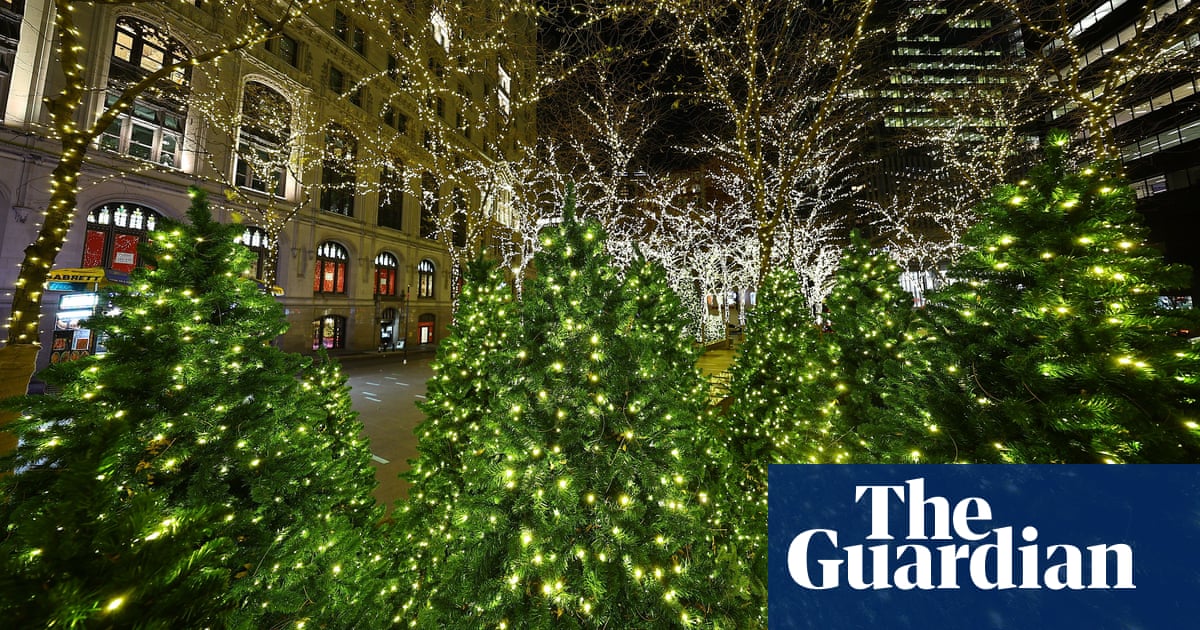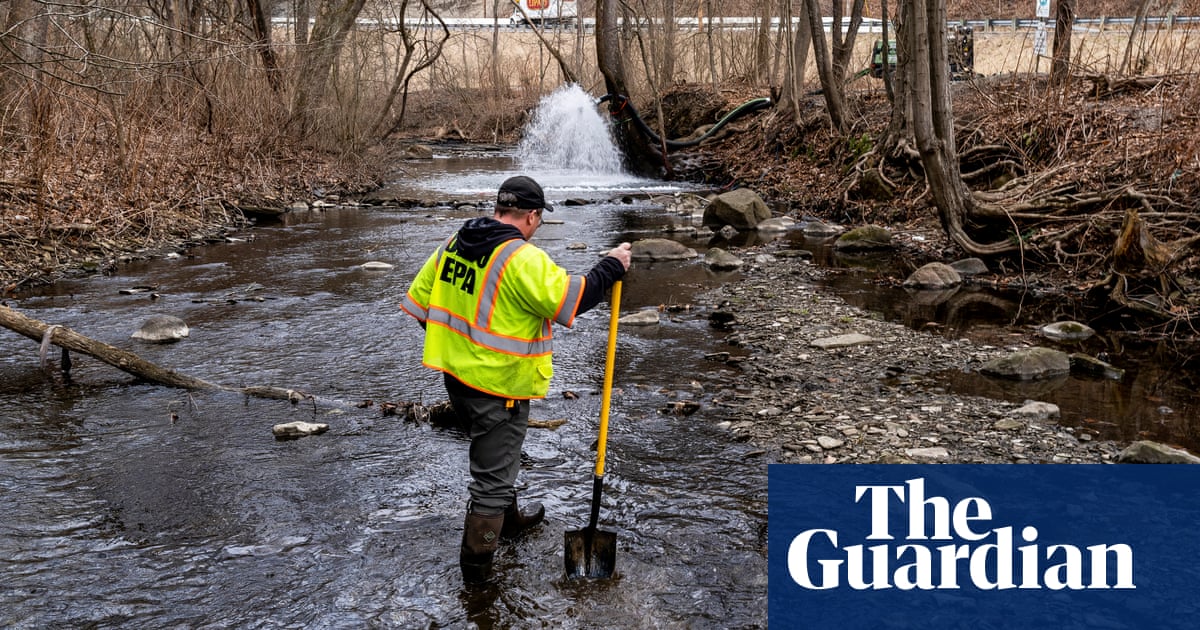Push to identify ‘priority ponds’ in UK that are refuges for plants and animals | Wildlife

More than one in five ponds in the UK could be designated as “priority habitats” but only about 2% have been identified so far, experts say.
Priority ponds are recognised as being the highest-quality water spaces for freshwater wildlife, often providing a last refuge for plants and animals that have been lost from surrounding areas. The designation can help preserve ponds threatened by proposed construction and other landscape changes.
Because so many of these water bodies go under the radar, the Freshwater Habitats Trust (FHT) is asking citizen scientists to help identify what could make up more than 20% of Britain’s existing ponds.
The priority pond assessment survey (Pass) has been created by FHT to enable volunteers to help identify potential priority ponds. Dr Naomi Ewald, the technical director at FHT, believes ponds that qualify as a priority are “oases of really valuable habitat that are worth finding and protecting”.
“It’s not even just about the whole community that they support but a lot of them support really important individual species that are now declining,” she said. “My particular area of interest is pond insects and lots of people will have heard about the tadpole shrimp, which is a species pretty much unchanged since the dinosaurs were around.
“They used to be quite widespread but are now reduced to just 10 ponds that we know about. That’s out of about 500,000 ponds across the UK.”
Studies have shown that ponds can support more biodiversity, including greater numbers of threatened plant and animal species, than larger water bodies, such as rivers and lakes. However, very little information has been gathered on their whereabouts.
Unlike rivers and lakes, priority ponds – which can be permanent or seasonal water bodies spanning from one sq metre to two hectares in size – do not usually appear on maps used to plan the protection of freshwater habitats.
Ewald said: “One of the most obvious type of priority ponds are something called pingo ponds, or kettle ponds, that were created at the time that the ice last retreated in Britain. Some of those ponds in our landscape today are around 20,000 years old.”
Priority habitats, such as ponds, are considered by planning authorities and the government in decision-making for planning applications and flood defence permits. When assessing whether a pond qualifies for priority status, the range of plant and animal species it contains should be considered. Others may qualify as a result of their age or rarity, such as ice-age ponds.
after newsletter promotion
The campaign to map priority ponds across the UK is being funded by the Department for Environment, Food and Rural Affairs as part of a programme to better protect them.
Keith Gittens is a volunteer at the World’s End site, an important habitat in Strensall Common near York, known for its rich biodiversity and for supporting many dragonfly and damselfly species.
“If you have a good diversity of dragonflies, which are the top predator in the insect world, you know you have a good, rich habitat for all sorts of other wildlife,” said Gittens, who runs the Yorkshire Dragonfly Group. “We’ve already lost three out of four of our ponds in Britain over the past century, so maintaining and restoring the ones that we have left has never been so important.”
Assessments can be carried out until early October, although the survey is not designed for garden ponds. The findings can then be confirmed through more detailed biological surveys.
Source link




